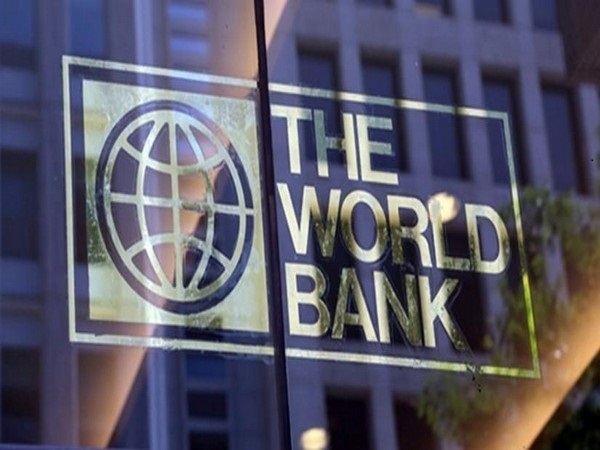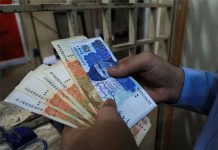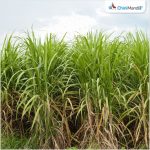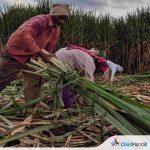More than 60% of households and businesses in South Asia have experienced extreme weather events over the past five years, and more than 75% expect to face similar challenges within the next decade, according to a new World Bank report.
Titled From Risk to Resilience: Helping People and Firms Adapt in South Asia, the report highlights a sharp increase in climate-related risks across the region. It projects that by 2030, nearly 90% of South Asia’s population will be exposed to dangerous heat levels, while over one in five people will be at risk of severe flooding.
The World Bank underscores the urgent need for climate adaptation, especially from the private sector, as public finances remain stretched. The report offers a roadmap of policy reforms aimed at helping households and firms better prepare for increasingly frequent and damaging weather events.
“Awareness of climate risks is high,” the World Bank stated in its official release. “A majority of people and businesses are already taking steps to adapt. However, most of these actions remain basic, such as installing fans or raising house foundations. More advanced strategies—like planting climate-resilient crops or relocating from high-risk zones—are still not widely adopted.”
According to the findings, around 80% of households and 63% of firms have made some form of adaptation. But income limitations and market barriers are preventing broader uptake of more effective measures. The report notes that households with greater access to education or formal financing are more likely to adopt advanced adaptive strategies. Similarly, companies with stronger management and fewer regulatory hurdles tend to be better equipped to respond to climate threats.
Franziska Ohnsorge, Chief Economist for South Asia at the World Bank, emphasized the pivotal role of the private sector. “Adaptation by businesses and households could reduce one-third of the region’s anticipated climate damages. But for this to happen, governments must create a more enabling environment,” she said.
Ohnsorge added that successful adaptation depends heavily on well-functioning markets and access to essential services like transport, water, healthcare, and digital infrastructure.
While acknowledging the limited fiscal space in many South Asian countries, the report stresses that governments still play a critical role. Key recommendations include improving access to localized climate data, expanding weather-indexed insurance schemes, and encouraging the adoption of resilient technologies such as energy-efficient cooling systems.
Martin Raiser, World Bank Vice President for South Asia, called for urgent policy intervention. “People and businesses are already responding to climate threats, but often with inadequate tools and resources,” he said. “Governments must move swiftly to eliminate barriers that hinder more effective adaptation—this means reforming land and labor markets, widening access to finance, and investing in infrastructure.”
The report points to positive examples already underway. Ahmedabad, for instance, has introduced heat action plans to shield urban populations from rising temperatures. These initiatives highlight how strategic investments and robust local governance can significantly improve community resilience.
The World Bank concludes the report with a set of guiding principles for policy action: adopt a comprehensive package of adaptation measures, focus on solutions that advance both development and climate resilience, and align adaptation efforts with long-term development goals to ensure sustained progress.


















